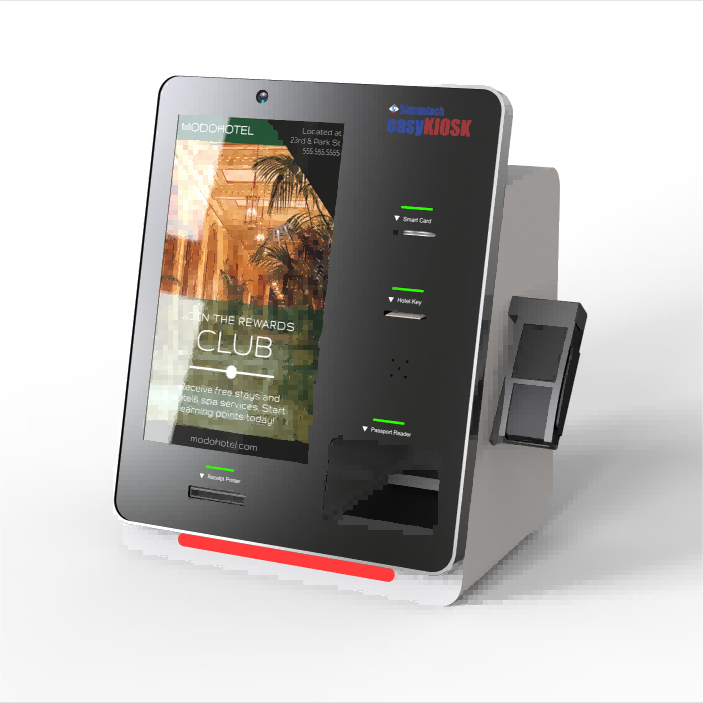Self-service kiosks are becoming increasingly essential in various industries, offering a range of services from check-in and ticketing to order placement and payment processing. The price of self-service kiosks varies widely depending on factors such as functionality, customization options, and additional features. This article will explore the key factors influencing the cost of self-service kiosks, including hardware and software costs, customization options, and installation and maintenance fees.

The price of self-service kiosks can range from a few thousand to tens of thousands of dollars. Key factors influencing these costs include:
- Functionality and Features: The more functions the kiosk offers, such as touchscreen capabilities, payment processing, and integrated software, the higher the cost.
- Customization: Standard kiosks are cheaper than those customized to meet specific business needs.
- Purchase Volume: Bulk purchasing usually results in discounts, reducing the unit price.
- Brand and Quality: Well-known brands with reputations for quality and reliability may have higher prices than less-known manufacturers.
Hardware Costs:
- Display Screen: The size, resolution, and type (LCD or LED) of the screen affect the price.
- Touchscreen Capabilities: Capacitive or resistive touchscreens add to the cost.
- Input Devices: Keyboards, card readers, biometric scanners, and RFID readers increase expenses.
- Printers: Thermal printers for receipts or tickets are additional expenses.
- Payment Processing Devices: Integration of credit card readers, NFC readers, and cash acceptors adds to the cost.
- Enclosures: Durable materials that can withstand frequent use and potential vandalism will increase the price.
Software Costs:
- Operating Systems: Licensing fees for Windows, Linux, or Android.
- Application Software: Custom-developed software for specific self-service functions can be expensive.
- Security Software: Costs to ensure the kiosk is protected from network threats.
- Integration Software: Fees for integrating the kiosk with existing business management systems such as POS or CRM.
Customization allows businesses to tailor kiosks to their specific needs, significantly increasing costs. Customization options include:
- Design and Branding: Custom enclosures, colors, and branding elements add expenses.
- Specific Features: Adding features such as biometric authentication, additional payment processing options, or specialized software increases costs.
- User Interface: Developing a unique user interface to meet specific customer requirements requires additional investment.
- Hardware Additions: Additional peripherals or enhanced hardware components customized for specific applications will increase the price.
Besides the initial purchase cost, installation and maintenance are crucial factors in the total cost of ownership for self-service kiosks.
Installation Costs:
- Site Preparation: Expenses for electrical work, network connections, and physical space preparation.
- Setup and Configuration: Costs for setting up the kiosk, configuring software, and testing functionalities.
- Training: Fees for training staff to use and manage the kiosks.
Maintenance Costs:
- Routine Maintenance: Regular check-ups to ensure kiosks are functioning correctly and software updates.
- Repairs: Costs for repairing or replacing faulty hardware components.
- Technical Support: Ongoing technical support to address any issues or updates.
The cost of self-service kiosks is influenced by various factors, including hardware and software expenses, customization options, and installation and maintenance fees. Understanding these factors can help businesses make informed decisions when investing in self-service kiosk technology, ensuring they choose a solution that meets their needs while managing costs effectively. Whether opting for a standard model or a fully customized kiosk, businesses should consider both initial and ongoing expenses to achieve the best return on investment.